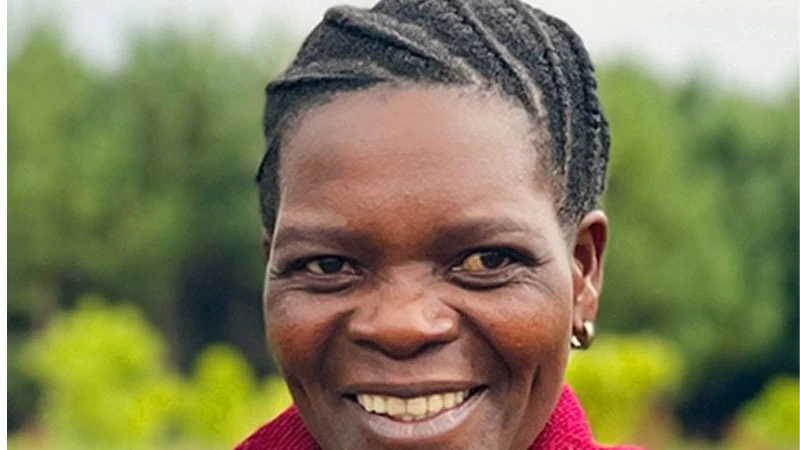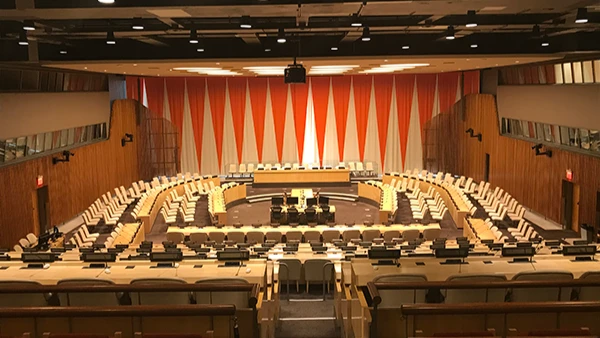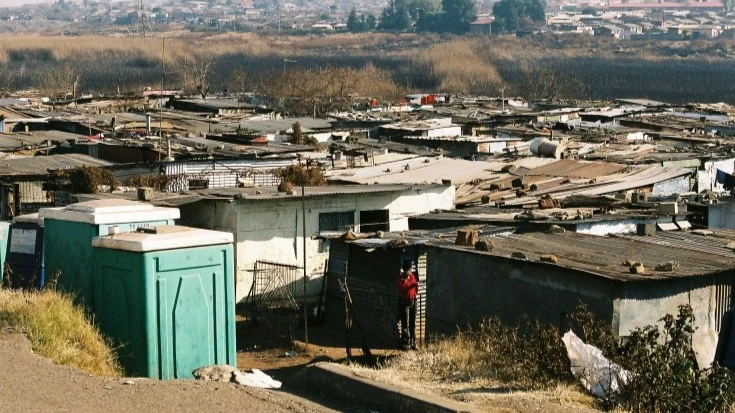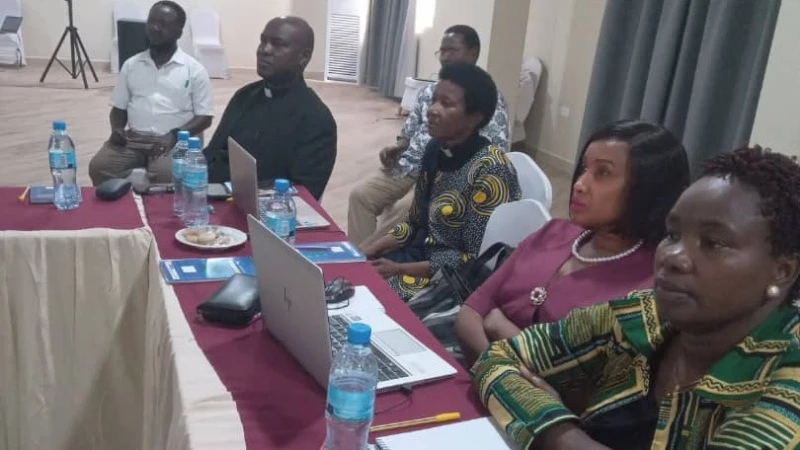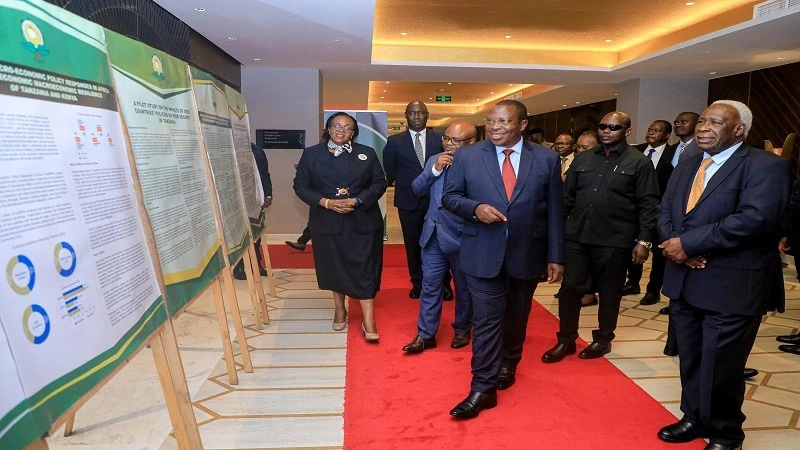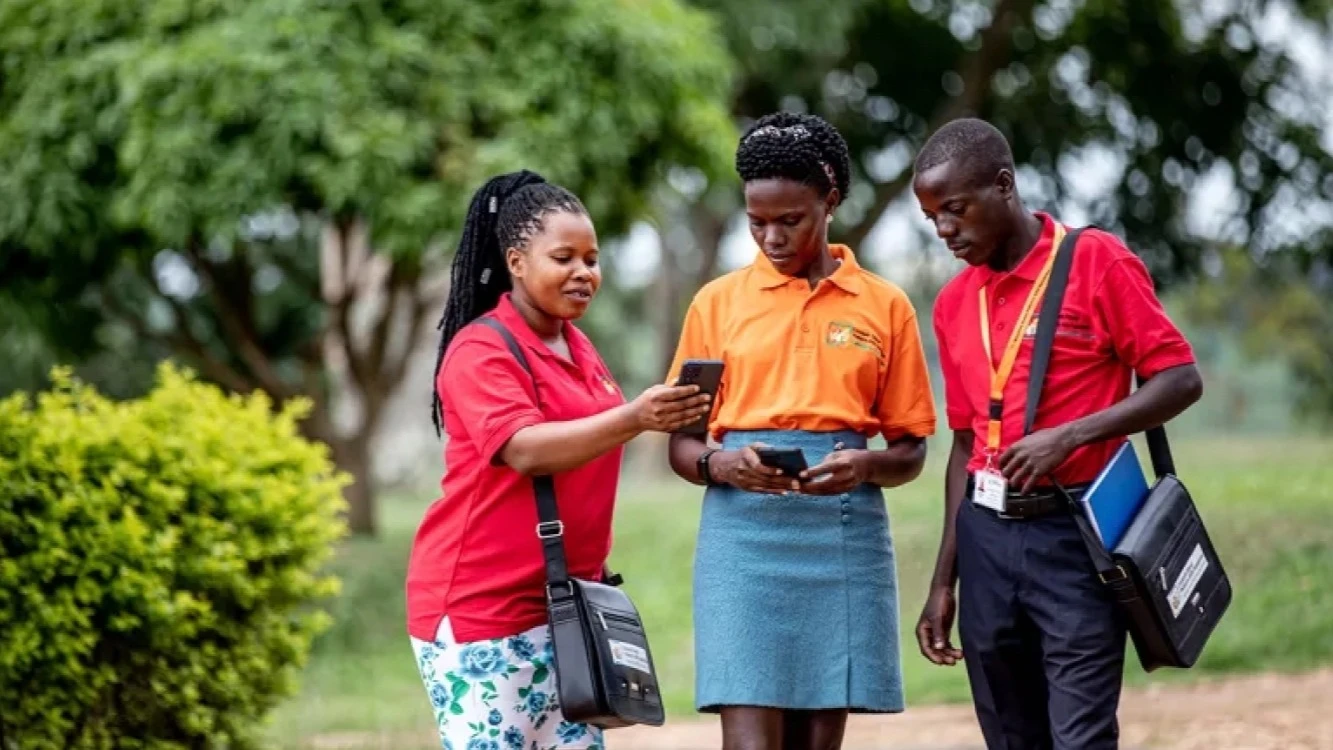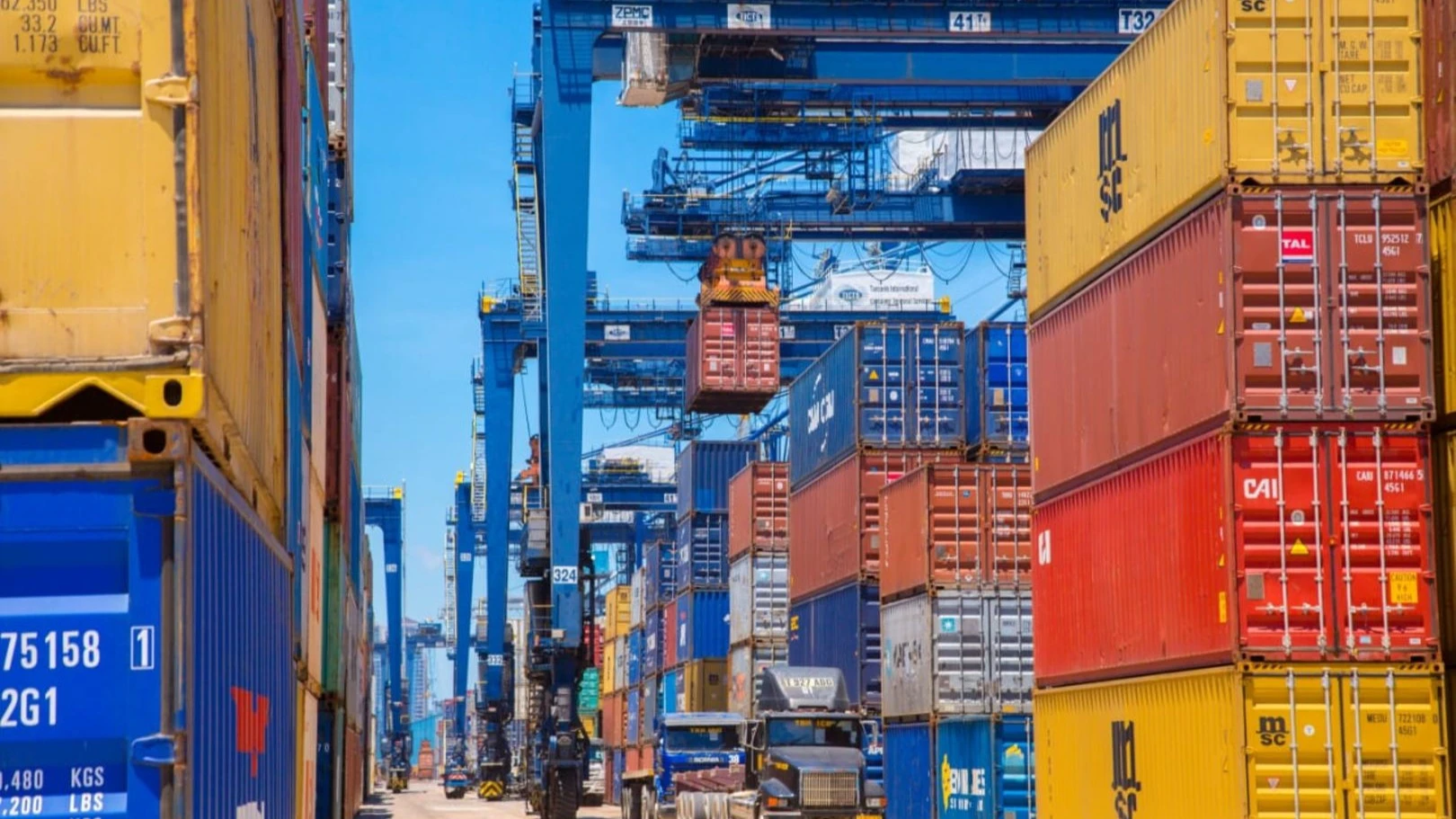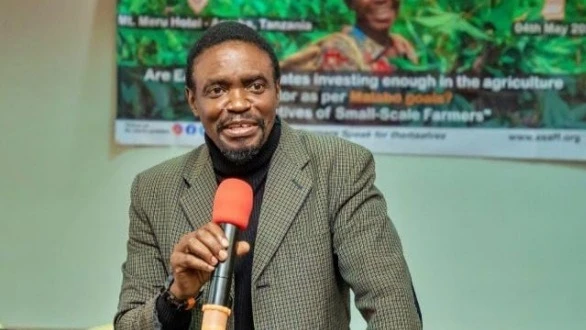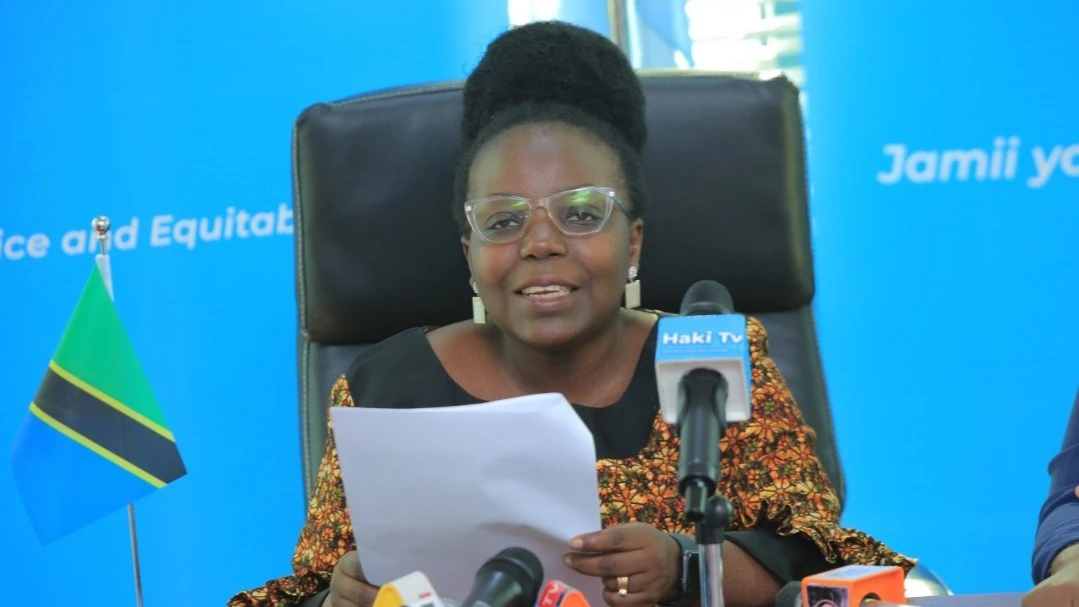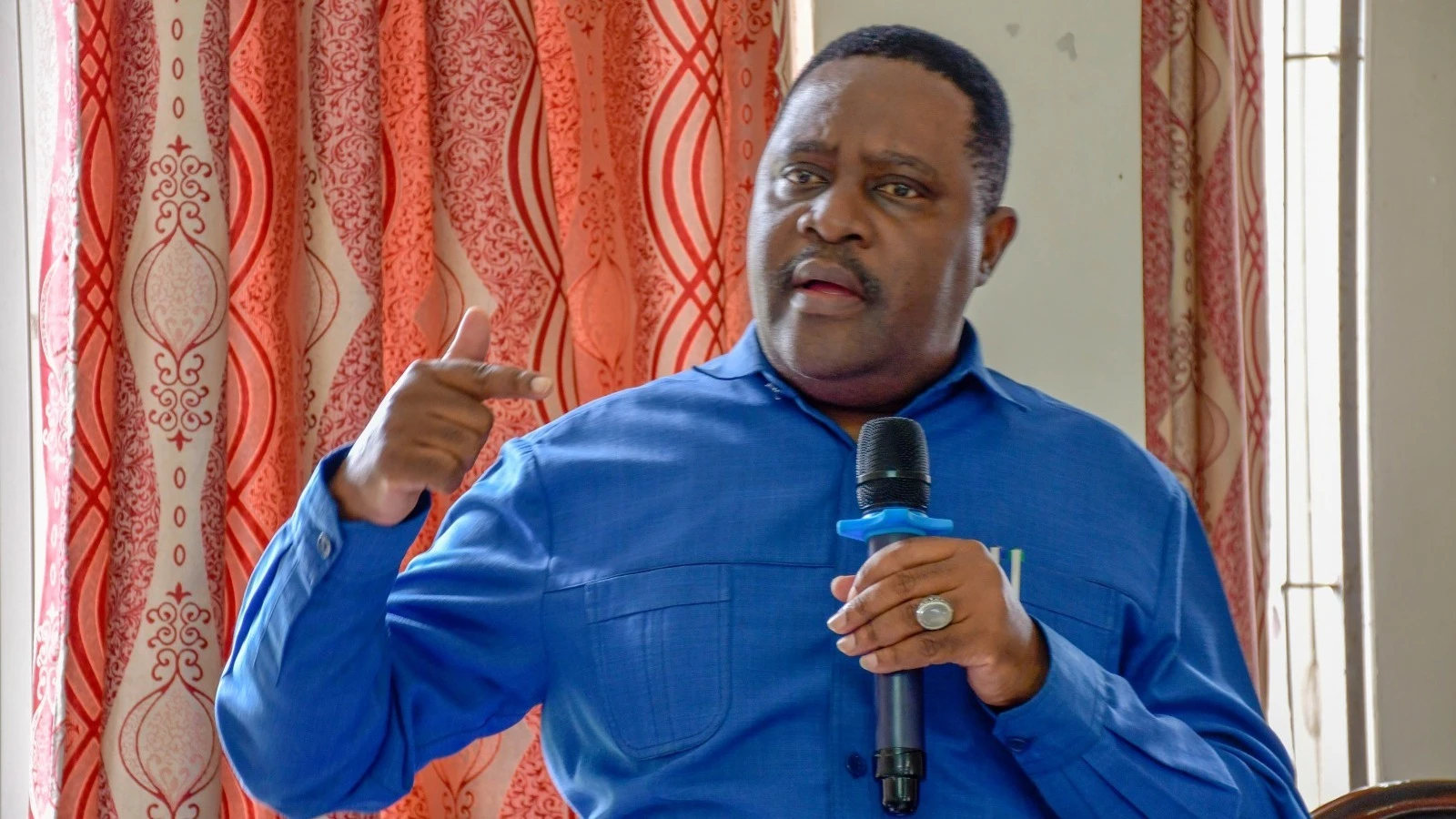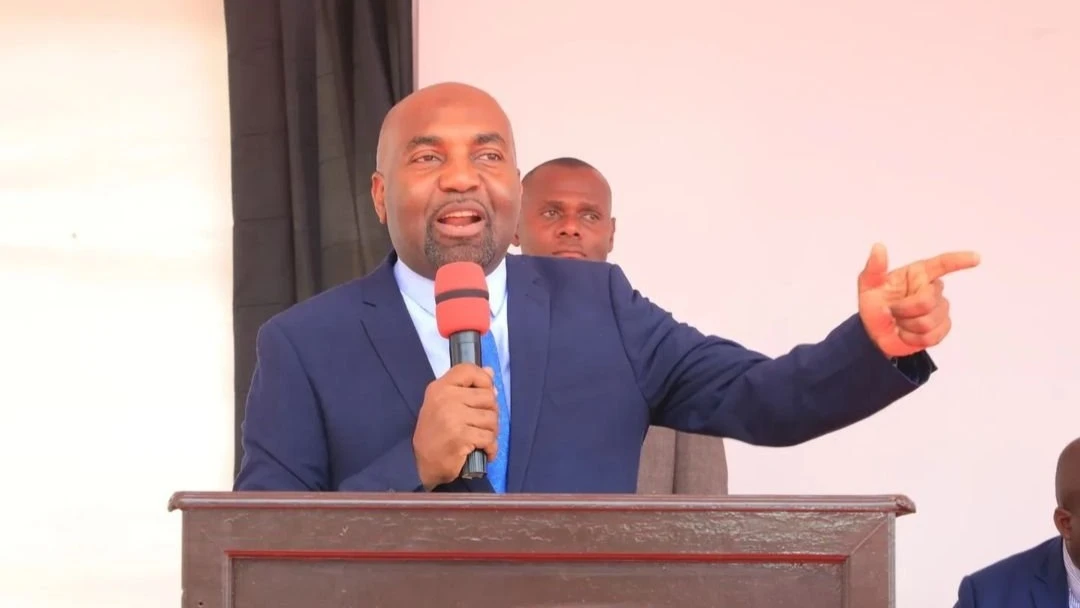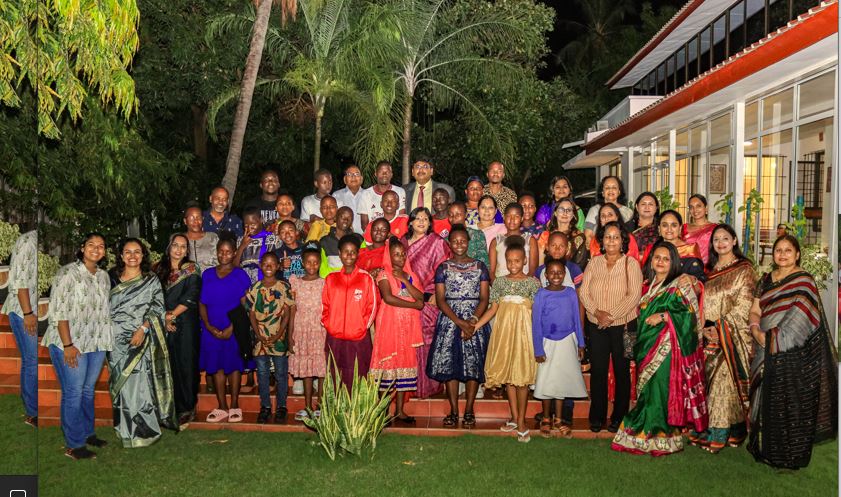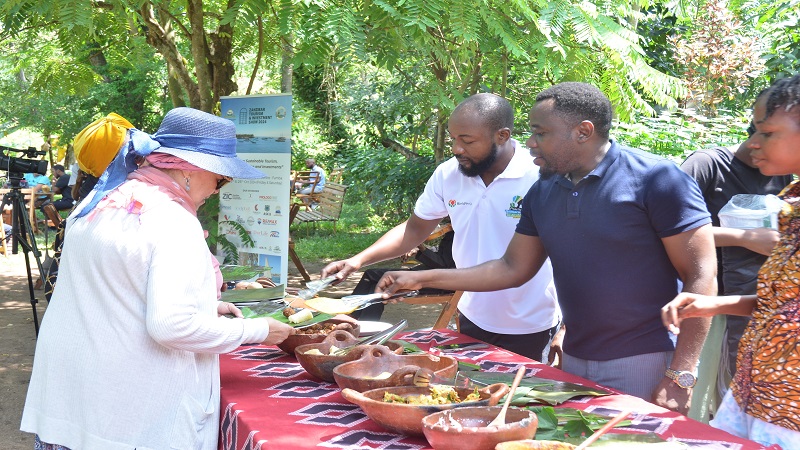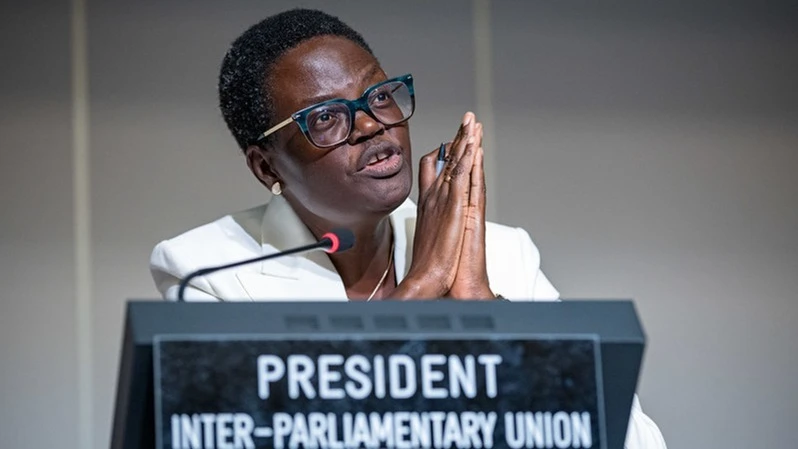Africa’s great ape sanctuaries feels the heat from climate change
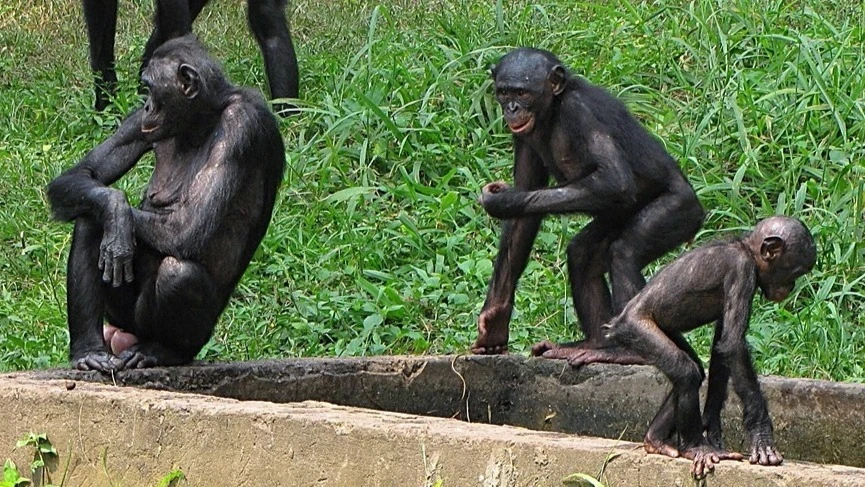
IN April 2024, above-average rainfall caused Kenya’s Ewaso Nyiro River to burst its banks, flooding the area and wreaking havoc for residents, including more than two dozen rescued chimpanzees at Sweetwaters Chimpanzee Sanctuary.
Recent research predicts that in the next three decades Africa’s apes will be increasingly affected by climate change, facing more extreme events like wildfires, floods and heat waves. However, it’s not just wild apes that are at risk when it comes to a warming world: great ape sanctuaries across the continent are feeling the heat too.
“Climate change has had a huge impact on the sanctuaries,” says Kaitlyn Bock, head of programs for the Pan African Sanctuary Alliance (PASA), a coalition of wildlife sanctuaries and centers across the continent. “All the markers of climate change have been affecting them and their operations. Everything from increased rainfall to exacerbated periods of drought.”
Bock says these changes seem to be happening rapidly across PASA’s 23 member organizations, which care for gorillas, chimpanzees, bonobos and other primates.
“I think climate change is something that happens over time, you know, we’re seeing this happen gradually over many years … but for the sanctuaries, it doesn’t feel very gradual.”
From extreme flooding to droughts
While climate change is affecting ape sanctuaries across the continent, it manifests in different ways. For example, flooding is the major concern in parts of East Africa.
Dr. Stephen Ngulu, manager and veterinarian at Sweetwaters, which is part of Ol Pejeta Conservancy in Kenya, says unprecedented rainfall and flooding are contributing to an array of problems for the facility. When the Ewaso Nyiro River overflowed earlier this year, the flooding damaged fences and other infrastructure at the sanctuary and restricted the chimpanzees from accessing their larger enclosures.
“This severely impacts the chimpanzees’ welfare, and keeping them in confined areas heightens the risks of physical conflicts between chimpanzees,” Ngulu says, adding that these circumstances also increase the risk of infectious disease outbreaks within the chimpanzee population.
Meanwhile, flooded roads hamper staff ability to access and assess areas for damage. Plus, difficult passage impacts the transport and cost of food and supplies.
“Such situations are deemed crises within a sanctuary,” Ngulu says.
Flooding in neighboring Uganda is also causing significant challenges for Ngamba Island Chimpanzee Sanctuary, as water levels in Lake Victoria, which surrounds the facility, have reached unprecedented levels.
“The El Niño rains have been exceptionally long and heavy this past year with rains persisting for over six months and the traditional seasonal rains in excess of what they should be,” says Dr. Joshua Rukundo, a vet and executive director of the Chimpanzee Sanctuary & Wildlife Conservation Trust, the organization that manages the sanctuary. “This has happened in the region almost consistently over the last two to three years.”
One of the biggest impacts of this flooding has been the forced closure of visitor facilities, which has hampered the organization’s ability to generate money to support the sanctuary and wild chimpanzee conservation efforts.
Meanwhile, changing weather patterns have also affected the organization’s alternative livelihood programs, which help plant high-value, conflict-resistant crops such as potatoes, beans and coffee. Unpredictable rains have caused root rot and crop losses, which Rukundo says also increases competition for the “meager available resources by communities and wildlife, exacerbating human-wildlife conflict.”
Plus, the situation is taking up staff time. Rukundo says workers are constantly tasked with adjusting fencing electrification and repairing damaged areas of fences, among other things.
A bit further south, Zambia faces not flooding, but more frequent droughts, which have contributed to widespread hunger and increased poverty in the nation.
Peggy Motsch, executive director of the Chimfunshi Wildlife Orphanage Trust, which cares for rescued chimpanzees, says the sanctuary is struggling to provide a consistent supply of food and water to the animals in its care. The sanctuary partners with local communities to source food, but agricultural challenges linked to drought are making this more difficult, she says. To help, Chimfunshi has introduced conservation farming practices on its land, but water scarcity hinders farming efforts.
Plus, “all this shortage of water and food is leading to an increase in prices, which is causing great difficulties for the population and also for the sanctuary, as we depend on external donations to meet our needs,” Motsch says.
She adds, “People’s hunger drives them to commit crimes in order to make money, so they start stealing materials such as metal from the enclosures, which can compromise the security of the enclosures and endanger the chimpanzees and the population.”
Of course, it’s not just sanctuary animals that are impacted by worsening weather conditions. Motsch says Chimfunshi staff struggle to feed their own families and that the sanctuary is “constantly looking for ways to help alleviate their food security challenges.”
Water shortages in places like Zambia also make it harder to keep up with the sanitary measures necessary to protect people from contagious diseases, Bock says. For example, access to clean water is necessary to maintain the level of hygiene required to prevent the transmission of cholera, an infectious disease. On-going drought in Zambia is making this difficult, and 21,000 cases of this potentially fatal disease were reported there from January 2023 to January 2024, according to the United Nations.
“This is just an example of one of the emergencies that certainly affects the chimps and the animals that are there, but in maybe greater ways is affecting the people and the staff that work there,” Bock says.
Building resilience
PASA has a special fund to help sanctuaries cope with emergency situations. For instance, the organization helped pay for infrastructure to help mitigate some of the flooding problems at Sweetwaters in Kenya. Money is limited, though, and Bock says these kinds of crises are popping up more and more as the planet warms.
However, Bock says, sanctuary staff are exceptionally hardy in the face of such challenges.
“When you’re in this line of work, it requires a level of resourcefulness and resilience, which I think our sanctuaries have in spades,” Bock says. “These are very tough, adaptive, strong-willed and passionate people who are very committed, and working against the odds is sort of our bread and butter.”
Chimfunshi is adapting by taking action to conserve as much water as possible while still providing its chimpanzees with access to clean water, even in times of scarcity. One way it achieves this is by allowing the chimpanzees more time outside their enclosures to help minimize the need for frequent cage cleaning.
In addition, a number of sanctuaries or their partner organizations have enacted conservation programs that not only help to restore wild apes’ habitats, but also aim to recover forests that can help fight climate change by serving as carbon sinks. For instance, Sweetwaters has a tree-planting program, though this has also been impacted by unpredictable weather patterns.
In the Democratic Republic of Congo, Les Amis des Bonobos du Congo (ABC), the NGO that started Lola ya Bonobo Sanctuary, established Ekolo ya Bonobo Community Reserve, a protected area of more than 48,500 hectares (120,000 acres) in the Congo Basin rainforest. Not only does the reserve function as the world’s only bonobo rewilding site, but its peat swamp terrain also serves as a climate-stabilizing carbon sink, says Candor Soraya Bourne, director of conservation partnerships for Friends of the Bonobos, ABC’s U.S.-based partner organization.
In this way, the organization’s conservation efforts can benefit both imperiled apes like bonobos, which Bourne notes are an umbrella species and humans alike, as we race together against the effects of rising global temperatures.
“Typically, we don’t consider humans to be benefactors of the conservation of umbrella species,” she says. “But considering its global climate relevance, why not count humans as one of the thousands of species that are dependent on the Congo Basin rainforest staying alive and intact?”
By Isabel Esterman
Top Headlines
© 2024 IPPMEDIA.COM. ALL RIGHTS RESERVED


